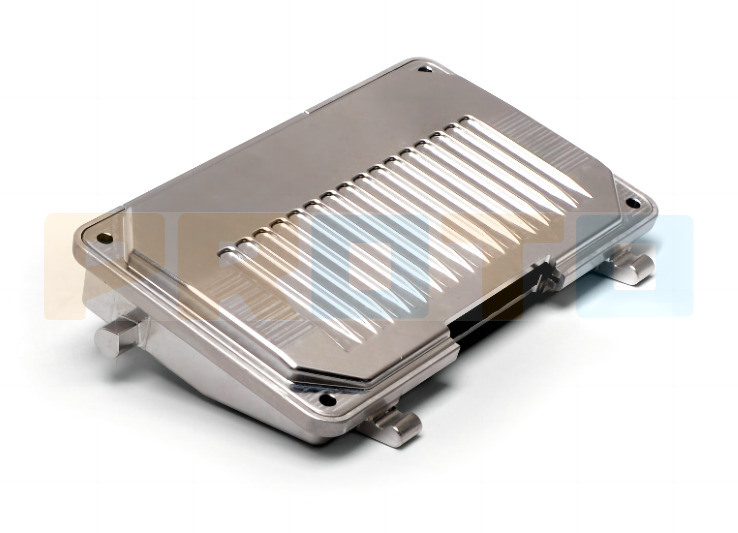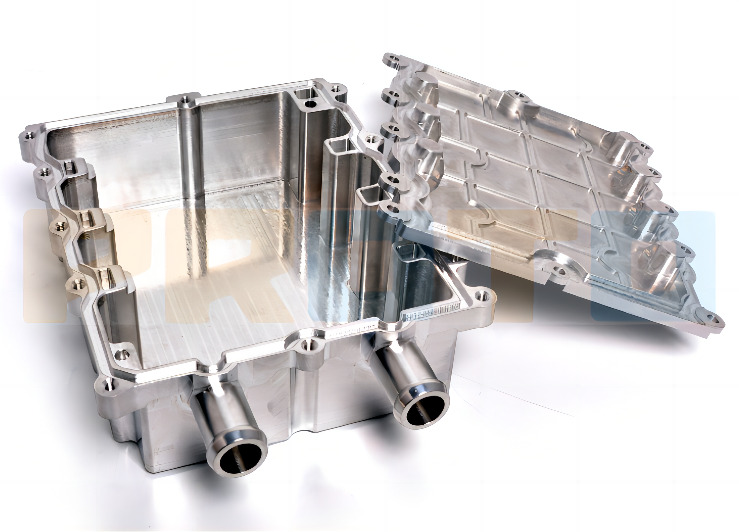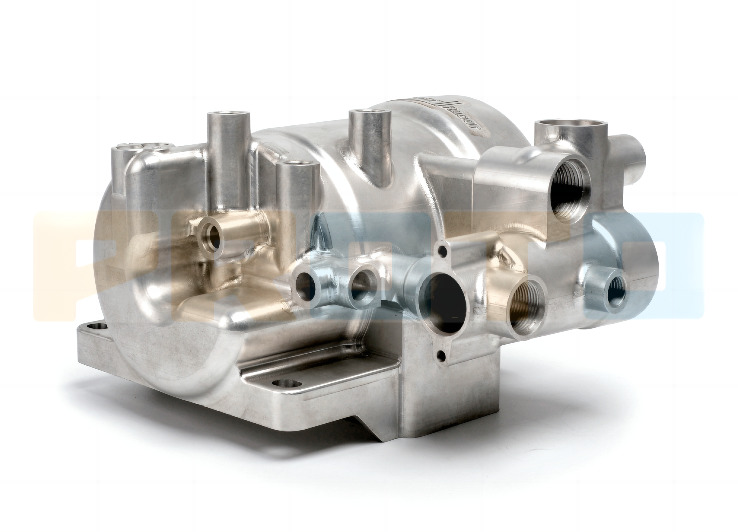CNC machining, also known as computer numerical control machining, is a precision manufacturing process that uses computer programming tools to machine aluminum into complex parts. This process is great for aluminum because it cuts the tough yet soft metal well, producing parts with excellent durability, excellent strength-to-weight ratio and high dimensional accuracy.Through CNC machining processes, aluminum can be leveraged for a wide range of applications, including precision machined medical devices, automotive parts that require strength, and aircraft parts that must be lightweight. Aluminum is a material that is valuable to many industries. There are some important design considerations for CNC machining aluminum parts:

Consideration 1: Wall Thickness
Maintaining proper wall thickness is critical for strength and stability, as aluminum is a relatively thin material that can easily deform. Wall thickness plays a vital role in CNC machined aluminum parts for the following reasons:
Strength and Stability: Aluminum bends and warps under pressure, especially when it is thin, although it is strong despite its weight. By maintaining proper wall thickness at all times, ensure that the part can withstand expected loads and machining forces without deformation.
Tool Reach and Accessibility: CNC tools can be difficult to reach and penetrate thin walls. Some internal cavities or features may become inaccessible due to limited clearance. This can result in incomplete machining or require specialized small tools, which can be expensive and inefficient.
Chip Accumulation and Heat Dissipation: During machining, aluminum chips or chips accumulate around the cutting tool. Thin walls reduce the space available for chip evacuation, increasing the risk of clogging and overheating. This can lead to part failure, machining accuracy issues, and tool damage. Additionally, thin walls have a reduced ability to dissipate heat generated during machining, which increases the potential for part deformation and tool wear.
Cost and material efficiency: Thicker walls inherently require more material, but building walls that are too thick also wastes resources and increases production costs. For cost-effective CNC machining, an ideal balance must be found between adequate strength and efficient material use.
Maintain design intent: Walls that are too thin can compromise design intent and require redesign or alternative manufacturing techniques to accommodate essential features such as threaded holes or intricate details.
Consideration 2: Features and Tolerances
Design elements that affect cost and viability include undercuts, sharp corners, and tight tolerances, which may call for specialized tools or processes. Why are tolerances and features so important? Let’s delve into the reasons:

Consideration 3: Draft Angles
Tiny draft angles on vertical features facilitate part removal from the mold and help to keep it from jamming. Draft angles are crucial for CNC machining aluminum parts for several reasons:
Consideration 4: Material Selection
Based on the required levels of corrosion resistance, machinability, and desired mechanical properties, select the appropriate aluminum alloy. Material selection is crucial for CNC machining aluminum parts for several reasons:

Conclusion
When CNC machining aluminum parts, design factors are crucial because they impact the part’s machinability, the precision of the machining process, and the production cost. Designers can make sure that their parts are affordable to produce, easy to machine, and meet the necessary specifications by carefully taking these factors into account. Rapid prototyping, precision parts, tooling machining, and end-use parts are just a few of the CNC machining parts that Proto MFG can provide for you as one of the top suppliers of precision CNC machining services in China.